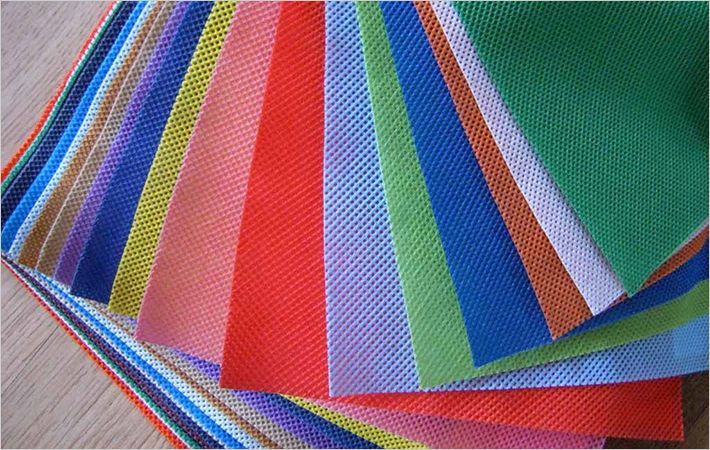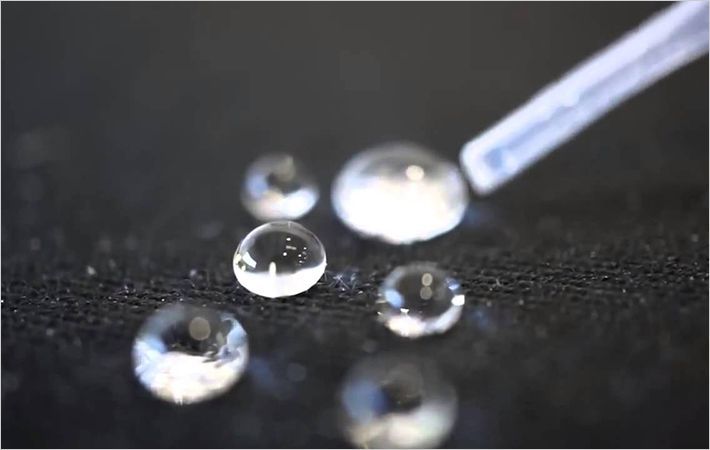Geo-tubes and geo-bags, both geo-synthetic products made of fibre, are the new coastal protectors in India. These appear like giant tubes and protect the coast from sea-erosion, according to the Department of Ocean Engineering, Indian Institute of Technology, Madras (IIT-M).
These tubes and bags were successfully laid out by IIT-M along the Uppada coast in Andhra Pradesh for a distance of about one km in 2010. Now, the length is being extended to about four km by IIT-M at the site that has been severely eroded owing to wave activities.Geo-tubes and geo-bags, both geo-synthetic products made of fibre, are the new coastal protectors in India. These appear like giant tubes and protect the coast from sea-erosion, according to the #
Geo-synthetic bags and tubes are made from natural or synthetic polymer in the form of a three dimensional structure or a strip or a sheet. These are used in civil and coastal engineering applications where there is contact with soil and water. These tubes and bags are filled with 2-5 percent fine soil to survive high tides.
The use of geo-tubes for building dykes, sea walls, offshore breakwaters and revetments is common in western countries. However, groynes are normally used in Indian coastal areas, as they are cheaper.
Groynes are made out of big rocks and they generally extend perpendicular to the coast for about a km. The IIT-M research has, however, found geo-synthetic products to be more efficient compared to groynes in preventing coastal sea-erosion.
The use of geo-synthetic products is common in the US, Australia and Europe and can play a major role in protecting coasts. However, extensive care is necessary while selecting the geo-synthetic material. Moreover, skilled workforce is also essential to successfully deploy them.
In Uppada coast of Andhra Pradesh, the IIT-M team has used geo-tubes filled with geo-bags, which are covered by stones tied with ropes.
Technical Textile News Desk - India

